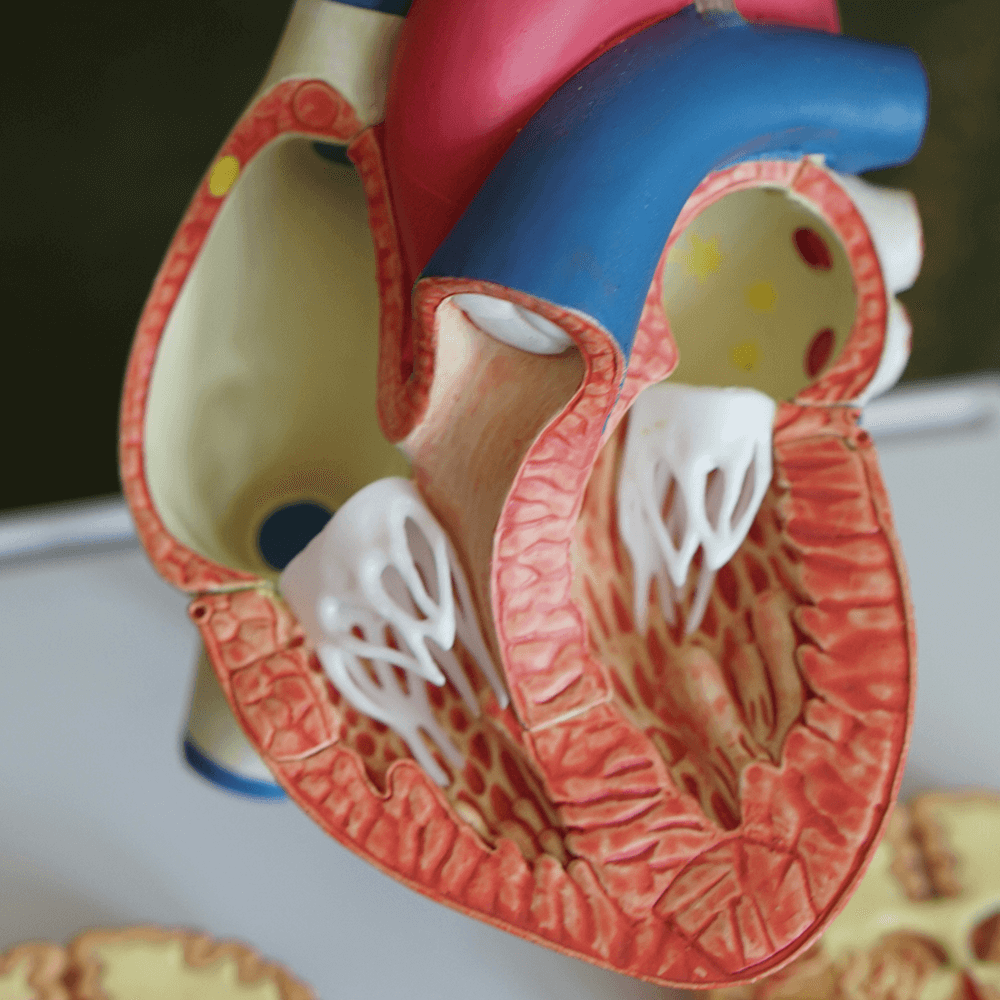The compact disc (CD) has increasingly become an obsolete form of storage that’s no longer readily accessible by many computers. However, most hospitals still rely on this archaic medium to provide patients with copies of their imaging studies, according to research published online June 11 in Radiology.
A team of researchers led by Carolyn Lye of Yale University School of Medicine in New Haven, CT, surveyed 80 U.S. hospitals to assess how well they were complying with federal regulations in providing patients with access to their imaging studies. Although they found that the institutions were in compliance, they discovered that only six of the hospitals could provide patients with imaging studies over email, and only three offered access via a patient portal.
CDs, however, were universally offered.
“In order for patients to be engaged and informed participants in their care, they should be offered copies of their imaging studies in formats that they can easily view, transport, and share,” the authors wrote.
In a study performed from June 6 to December 3, 2018, the researchers contacted 80 hospitals, which were selected for the study based on U.S. News and World Report‘s 2017-2018 national rankings of best hospitals. Using a script, one member of the research team simulated the process of requesting imaging studies in a call to the hospital’s radiology or medical records department or to whichever department managed requests for imaging studies during weekday business hours.
The researchers found that the hospitals still relied on CDs for providing patients with access to their images.
| Prevalence of CDs for releasing images to patients | |
| Method for providing images | Number of facilities |
| CD picked up in person by patient | 80 of 80 (100%) |
| CD mailed to patient address | 77 of 80 (96%) |
| Emailed to patient | 6 of 80 (8%) |
| Access on patient portal | 3 of 80 (4%) |
The researchers noted that one of the three hospitals providing access on the patient portal only had certain imaging studies available. The hospitals also varied in the costs charged for providing patients with their images. Patients paid anywhere from $0 to $75 for a single CD and $0 to $6 for images sent via email; access to images through online patient portals was free of charge.
In other findings, the researchers discovered that 59 (74%) of the hospitals indicated they could provide CDs within 24 hours, while 10 (13%) could meet that request within two to four days. An additional eight (10%) hospitals could produce CDs within five to 10 days, and three (4%) could comply within 10 to 30 days.
“If hospitals are to support patients as informed healthcare partners, then the incipient technical obsolescence of CDs is an immediate issue,” the authors wrote. “As initiatives are developed to improve patient access to their medical records, radiologists can play a key role in advocating to reduce barriers to electronic access: widening access to imaging studies should be included in the overarching goal of improving health information transparency and patient-centered care.”
Copyright © 2019 AuntMinnie.com, source: CDs still prevail for giving patients access to images




